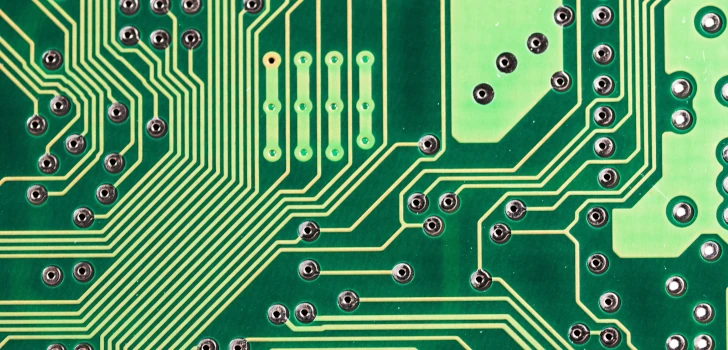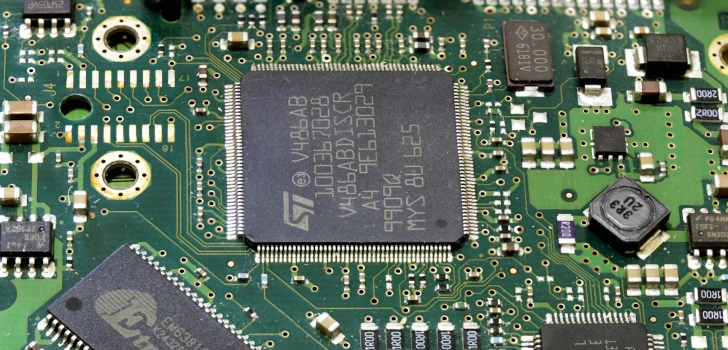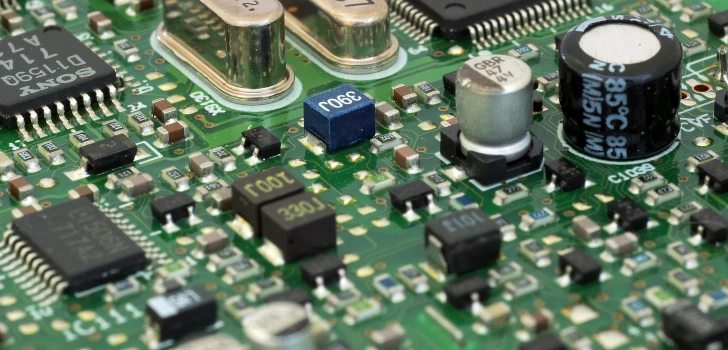
September 30, 2024
Recently, I heard a pitch from a public cloud company.
Among other characteristics, a key aspect they stressed is that they are the cheapest cloud.
This aspect struck me.
Not because I believe it is or is not, but because I’ve heard many companies pitch themselves as the cheapest cloud over the years.
I asked the CTO if they were foreseeing consistent and planned cuts in the pricing every year or so.
The CTO’s answer was very sensible but negative on the specific point.
Later the same day, I was thinking more about my interaction with that CTO, and it became clear to me why pitching to be the cheapest cloud is not a good idea.
Read More 
May 29, 2023
Recently, I was looking for a couple of Single Board Computers (SBCs) for a project I’m working on.
Given the characteristics I was looking for, there were not many options; in the end, I opted for the ROCKPro64 by Pine64.
Once I received the SBC, I immediately tried to put Fedora on it.
The process proved slightly more complex than I was expecting since I assumed that U-Boot (or some other boot loader) was already present on the board.
Turns out, it is not!
So, the first step became installing U-Boot.
An aspect I really like about the ROCKPro64 is that it has 128Mb of Serial Peripheral Interface (SPI) Flash memory.
I appreciate this fact because it allows me to install U-Boot there and then a standard OS on another storage device.
Speaking of other storage devices, the ROCKPro64 features both an optional eMMC and the mSD Card slot.
The process turned out more complex than I initially thought since my goal was to use Fedora on the eMMC, but I forgot to get the eMMC USB adapter, so I had to leverage the mSD Card as well.
Read More 
March 6, 2023
I bought a MACCHIATObin Single Shot a few months ago with the idea of creating a NAS out of it.
The results have been very good and, to begin in an easy way, I decided to install Fedora 37 Server Edition.
Now that I’ve decided exactly what I want out of it, I reinstalled Fedora and started from scratch with exactly what I wanted.
I decided to install Fedora 37 IoT, which is an rpm-ostree based release.
To create the installation media, I leveraged arm-image-installer.
Overall everything went well, and the system booted successfully, although I wasn’t sure at first due to an issue with my DHCP server configuration.
Therefore I decided to connect to the board serial port and see if the boot was successful.
Read More 
August 31, 2022
After my last post about MACCHIATObin, a few people reached out to better understand how to install Fedora on it.
The MACCHIATObin board provides many different installation options.
It has an onboard eMMC (in my case, 8GB, but I’m not sure if other sizes are available), an SD card slot, 3 SATA ports, and 1 PCI x4 slot.
This setup means that the various options to install Fedora on a MACCHIATObin are:
Read More 
July 31, 2022
I’ve played with a MACCHIATObin Single Shot board for the last month.
I decided to pick this up instead of a different board because of its sheer connectivity.
This board has 1x1GbE, 1x2.5GbE, and 2x10GbE, which is very rare for those kinds of boards.
I was most interested in the two 10GbE due to some projects I have in mind.
I was interested in installing Fedora, which proved very easy.
The first time I created a bootable micro-SD card with Fedora, it worked perfectly out of the box.
After a few tests, I decided to install Fedora on a SATA drive.
The SATA installation proved a bit more complex because I assumed it could boot from USB, but I did not manage to do so.
I then moved the Fedora ISO to a micro-SD card and installed it from there, which proved to work flawlessly.
Read More 
June 25, 2020
In the last couple of months, we have seen a lot of news around ARM.
More specifically, the most relevant ones, in my opinion, are (sorted by date):
- On May 11, AWS announced the availability of new instance types (M6g, C6g, R6g) based on Graviton2, a new version of their in-house developed ARM processor
- On June 17, Ampere announced a 128 core ARM processor that will be added to their current line (that includes 32, 48, 64, 72, 80 cores ARM CPUs)
- On June 22, was made public that Fugaku, an ARM-based supercomputer, is the most potent publicly disclosed supercomputer
- On June 22, Apple announced that Macs will move to ARM
Those pieces of news demonstrate how much the processors’ landscape is changing, and how fast the rate of change is.
The topic I would like to focus on is why, today, the x86 platform is not that appealing as it was in the ’90s when it became the de-facto standard.
I think that there are two primary causes for this change of direction:
Read More 




